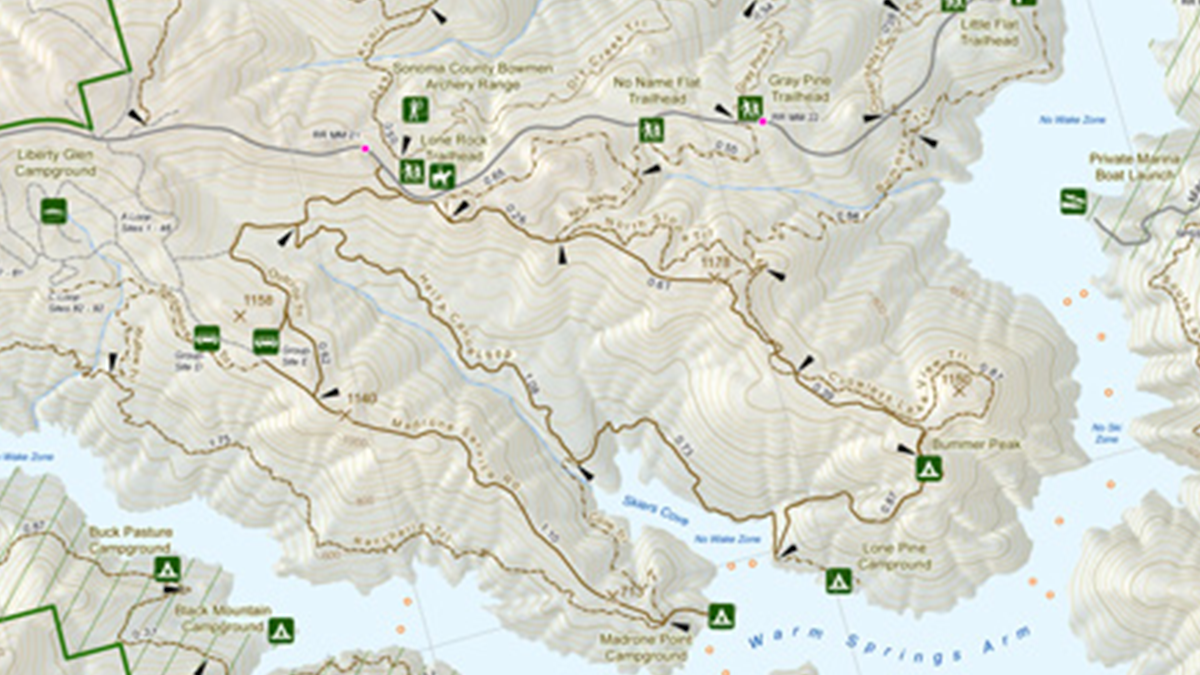Road Resources

Sonoma County Public Infrastructure provides a wide range of resources to guide contractors, developers, and the public in understanding and working within the County road system. These resources include the County’s Functional Classification system, which defines how roads are categorized (local roads, collectors, arterials), the official Construction Standards Library (designs and technical notes contractors must follow), and 18 interactive maps covering topics such as road closures, pavement condition, bridges, and traffic volumes.
Together, these tools ensure that road construction, maintenance, and development projects are safe, efficient, and consistent with County and state requirements.
Functional Classification of Roads
Roads in Sonoma County are categorized using the Functional Classification system, developed by the Federal Highway Administration and applied by Caltrans. This system organizes roads based on traffic volume, connectivity, and purpose, helping determine how they are designed, maintained, and funded.
| ARTERIALS | Carry the highest volumes of traffic and connect major communities. | |
| Interstates: | Long-distance, high-speed highways with limited access. None exist within Sonoma County. | |
| Freeways & Expressways: | Similar to interstates but serve regional rather than national travel. Examples: US Highway 101 and State Highway 12 (not County-maintained). | |
| Other Principal Arterials: | Connect metropolitan areas and allow direct land access through intersections or driveways. | |
| Minor Arterials: | Serve shorter trips, provide community connections, and may carry local bus routes. | |
| COLLECTORS | Collectors gather traffic from local roads and feed it into the arterial network. | |
| Major Collectors: | Longer routes with higher speeds, traffic volumes, and eligibility for federal funding. | |
| Minor Collectors: | Shorter routes with lower speeds and traffic volumes; not eligible for federal funding. | |
| LOCAL ROADS | Local roads make up most of the County’s road mileage. They provide direct property access, discourage through-traffic, and typically do not support bus routes. |


 Translate
Translate